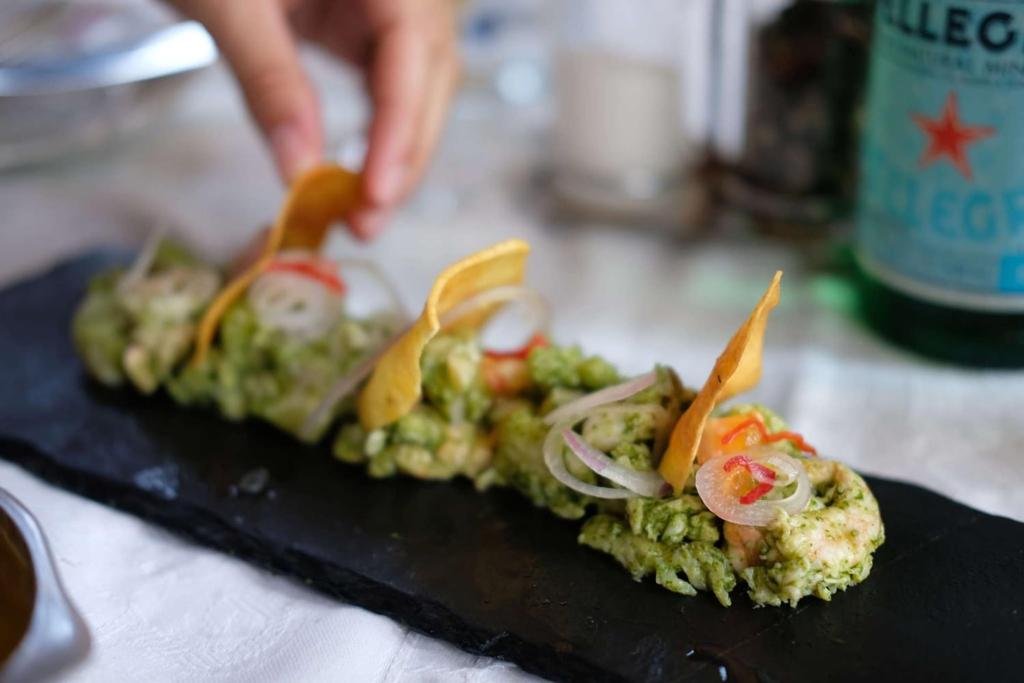The Rich Tapestry of Cuban Gastronomy
Cuba, an enchanting Caribbean island known for its vibrant culture, music, and history, also boasts a culinary scene that is as diverse and captivating as the nation itself. Cuban gastronomy is a fusion of Spanish, African, and Caribbean influences, resulting in a unique and flavorful cuisine that reflects the island's complex history. In this article, we will embark on a delectable journey through the heart and soul of Cuban cuisine, exploring its key ingredients, iconic dishes, and the cultural significance of food in this island nation.
Cuban cuisine is a harmonious blend of indigenous ingredients and culinary traditions brought to the island by various cultures. The indigenous Taino people contributed ingredients like maize, cassava, and sweet potatoes, while Spanish colonizers introduced European staples such as pork, rice, and olive oil. The African slave population introduced vibrant flavors with spices like cumin, coriander, and oregano.
Key Ingredients
1. *Rice and Black Beans (Moros y Cristianos)*: This staple dish is the heart of Cuban cuisine, often served as an accompaniment to other dishes. It consists of white rice and black beans cooked together with spices, creating a harmonious blend of flavors.
2. *Yuca (Cassava)*: Yuca is a starchy root vegetable that is a favorite in Cuban cuisine. It is typically boiled, fried, or mashed and served as a side dish or in casseroles.
3. *Plantains*: These versatile fruits are used in both savory and sweet dishes. Tostones, twice-fried green plantains, and maduros, sweet ripe plantains, are popular choices.
4. *Pork*: Pork is the preferred choice of meat in Cuba and is featured in many traditional dishes. Roast pork, known as "lechón asado," is a celebrated delicacy.
5. *Seafood*: Cuba's coastal location makes seafood a prominent part of its cuisine. Lobster, shrimp, and various types of fish are enjoyed throughout the country.
Iconic Cuban Dishes
1. *Ropa Vieja*: This flavorful dish is made from shredded beef simmered in a tomato-based sauce with bell peppers, onions, and a medley of spices. It's often served with rice and black beans.
2. *Picadillo*: Ground beef stewed with tomatoes, olives, raisins, and capers creates a sweet and savory medley that's served with rice.
3. *Arroz con Pollo*: A classic comfort dish, arroz con pollo combines chicken, rice, saffron, and a variety of vegetables to create a hearty one-pot meal.
Cuban gastronomy extends beyond mere sustenance; it's deeply intertwined with the island's culture and history. Family gatherings often revolve around food, and the act of preparing and sharing meals is a cherished tradition. Music and dance often accompany feasts, creating a lively and communal atmosphere.
Additionally, Cuba's rationing system, in place for decades, has influenced the way Cubans cook and eat. Creativity and resourcefulness in the kitchen are key, as people adapt to limited ingredient availability.
Cuban gastronomy is a tantalizing fusion of flavors and cultures, reflecting the island's tumultuous history and resilient spirit. From the iconic Ropa Vieja to the aromatic Moros y Cristianos, every dish tells a story. Exploring Cuban cuisine is not just a culinary adventure; it's a journey through time and tradition that allows you to savor the essence of this captivating Caribbean nation. So, if you are planning a private tour to Cuba, make sure it includes a full immersion into the vibrant and soulful world of Cuban gastronomy.
